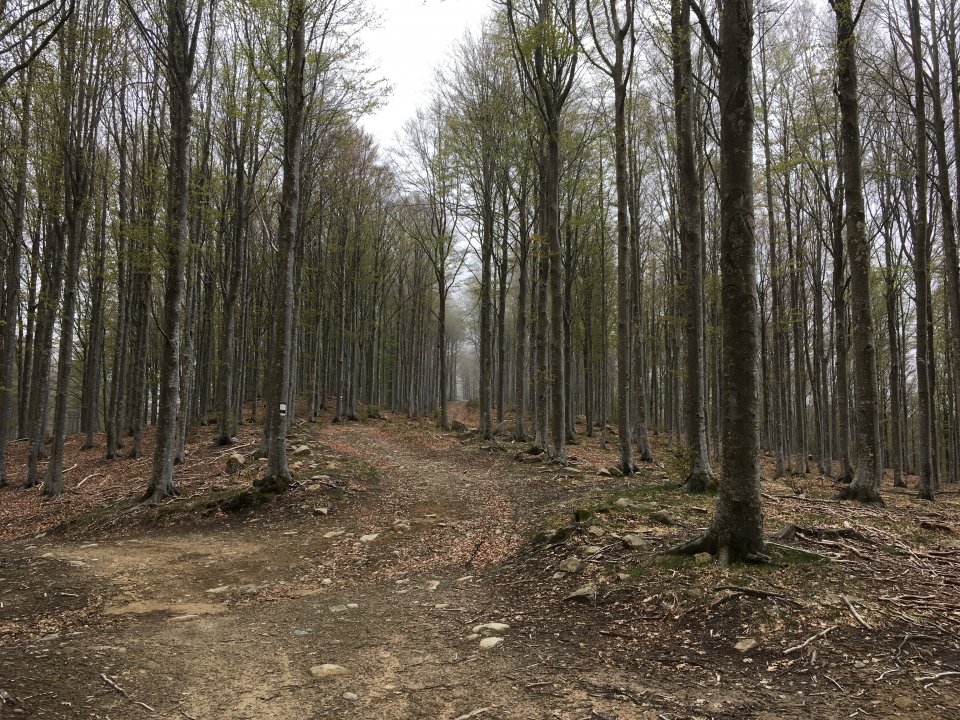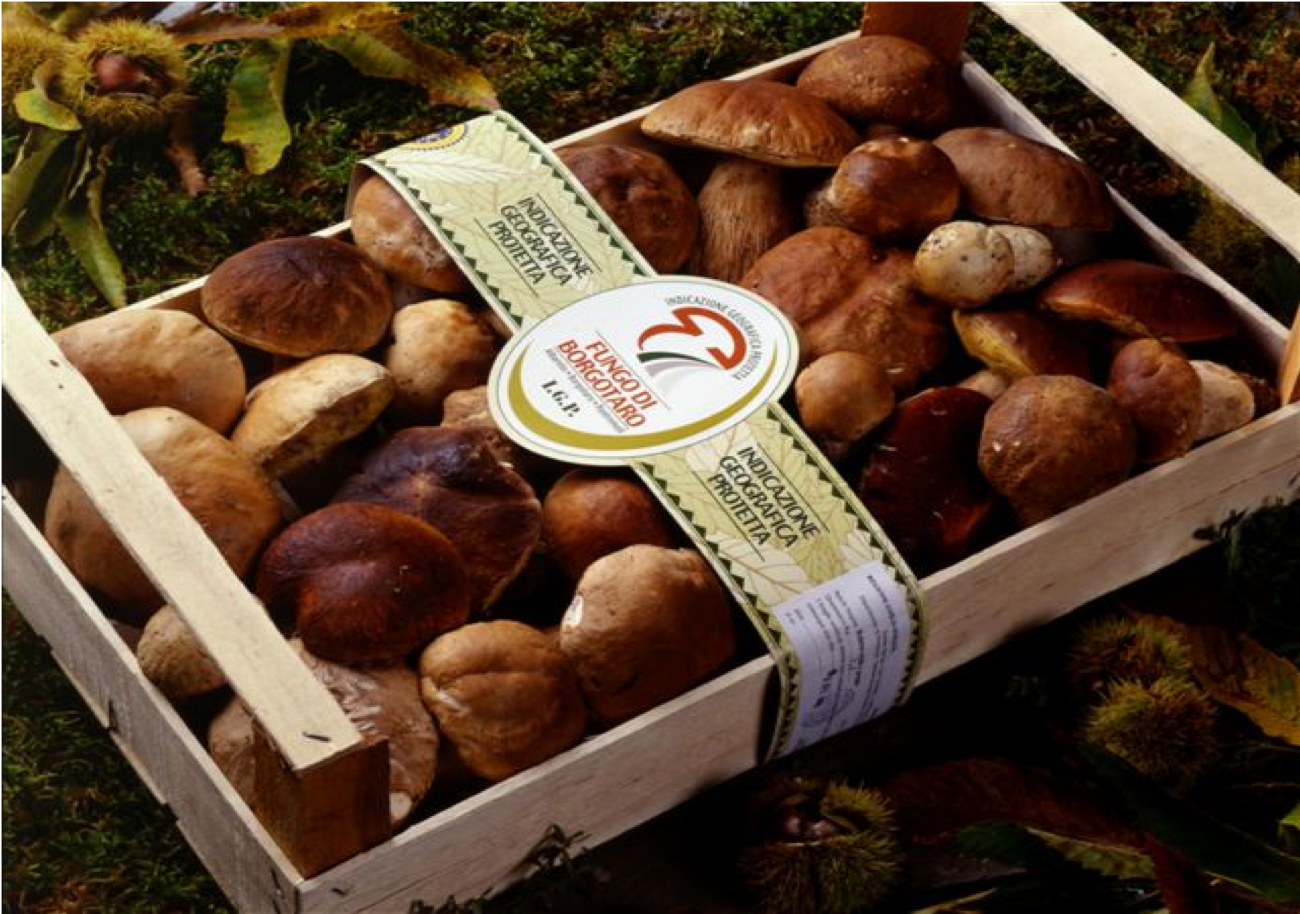
| In the Modenese Apennine (Italy), since the interest towards traditional forest products (as firewood) is declining, also the active forest management is strongly decreasing, especially in marginal areas. In the Taro Valley, the decreased forest management is compromising the conditions required for the development of Boletus mushrooms, a product consumed and appreciated by the local population for centuries. Therefore, there is a need to find mechanisms to re-activate forest management in the area and restore the favorable environmental conditions for the development of this mushroom. |
|
The Borgotaro Consortium was created in 1957 in order to manage the rights of local inhabitants to graze, to harvest fuelwood and to pick wild mushrooms. In 1996 the Borgotaro Mushroom has been awarded the P.G.I. (Protected Geographic Indication). A problem that rose with P.G.I. certification has been the growing demand for certified mushrooms, not satisfiable by the natural wild production. Indeed, the gradual abandonment of forest activities has contributed to reduce the natural production of mushroom. Furthermore, the P.G.I. certification was not able to bring benefits to all local mushroom stakeholders. |
|
In order to involve all the local stakeholders included in the mushroom supply chain, the Consortium has developed a web site for presenting the whole system of local mushroom business (including restaurants and shops). In parallel, the Consortium has created “The Road of Borgotaro Mushroom”, an initiative that includes road signs and a virtual platform for guiding tourists to the most important hotspots of the local mushroom world, such as shops, food & lodging facilities (included in the Consortium). In order to enhance wild mushroom productivity, most of the incomes from picking permits are re-invested in forest management, with special regard to myco-silviculture. |
|
The mere presence, even if huge, of recreational wild mushroom pickers in an area, can’t bring economic and environmental advantages for the territory. A structured network among different activities of the area should be considered the key element to make really effective the marketing strategy and generate local wealth to residents. Furthermore, this case study demonstrates that the objective of P.G.I. certification should be not only the preservation of a product but also the maintenance of local traditions related to the product. |
| In the Borgotaro Consortium, the forest owners manage an annual revenue between 0.5 and 1.2 M€, while the wild mushroom supply chain can generate additional annual revenues of around 0.5 M€ of added value. However, the growing interests to the local mushrooms have contributed to the increment of land price, with less capability of the local inhabitants to purchase forest lands, and to constant competition between professional and recreational pickers. |
|
Future goals are the improvement of myco-silviculture techniques and further development of additional marketing/promotional tools. For example, the “Happy ticket” initiative has been recently introduced: visitors staying within the valley overnight are awarded a free picking permit (where 60% is paid by the public administration, 30% by the hotel or B&B and 10% by local association). Moreover, the Borgotaro Mushroom Consortium is working to improve the offer for the tourists entering the region, in order to commercialize daily “wild mushroom packages” during the harvesting season. |
| Antonio Mortali, mortali@comunalie.com, https://www.comunalie.com/ |
Further information
Photo by: Jacopo Giacomoni

Borgotaro mushrooms ready to be sold
Photo by: Antonio Mortali
